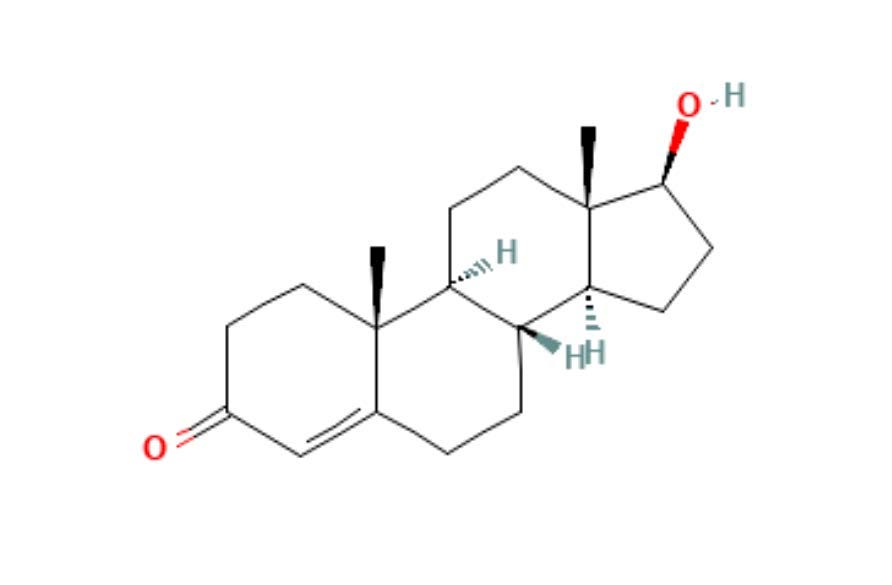T-shirts and Testosterone
Can you detect a dominant male by smell alone?
Human body odor carries a lot of information. We recognize the scents of loved ones. We can tell, by smell alone, whether someone is frightened or sick. Men rate the BO of facially symmetrical women as more attractive. Pretty impressive for the much-maligned human nose and something of a buzz kill for the “dog noses are sooooo much better” crowd.
Social status is a universal element of human societies, and being able to detect another person’s status is advantageous. According to theorists, social status is achieved and maintained by dominance and prestige. Dominance is about compelling compliance by others; prestige is about obtaining voluntary deference from others. Each is signaled by a host of visual and vocal cues.
It is well known that testosterone “plays a key role in the status-seeking dynamics of males.” Thus it could be a biomarker for social status. Is it possible that testosterone levels are associated with olfactory cues? That’s an intriguing possibility that until now no one has studied.
A new paper tackles the question directly and it is an impressive piece of work. Sure, it uses the tried-and-true T-shirt sniffing method, but it adopts best practices from the existing literature. Most importantly, it employed a large number of odor donors (74 men wore the T-shirts) and a boatload of odor raters (797 men and women in roughly equal proportion). These are heroic numbers in the world of T-shirt sniffing science and were achieved over the course of three consecutive semesters at the University of British Columbia.
Panelists sniffed each T-shirt and used a questionnaire to rate the odor for dominance (sample items: “He enjoys having control over others” and “He is willing to use aggressive tactics to get his way”) and prestige (e.g., “Others respect and admire him” and “He is held in high esteem by others”). Other ratings included odor intensity, pleasantness, and sexiness. (Male raters “indicated how sexy they thought a heterosexual woman would find the scent.”)
The donor’s testosterone level was measured from saliva obtained by the decidedly non-studly “passive drool” collection method.
The results in a nutshell:
we found that a scent donor’s testosterone level significantly predicted smellers’ perceptions of that person’s dominance. This relationship remained robust after controlling for potential confounding factors, including scent positivity, scent intensity, scent donor’s ethnicity, self- ratings of dominance, and smeller’s sex. We found no evidence for sex differences between male and female smellers in the relationship between testosterone levels and ratings of perceived dominance.
In other words, testosterone-linked olfactory cues regarding social dominance are a real thing, men and women read those cues the same way, and their perceptions are not based solely on odor pleasantness. Note that testosterone was not linked to social prestige.
The authors are appropriately circumspect about the limitations of their study, but I am free to say that their work sets a new standard in the field. I also respect the sheer amount of grind-it-out effort required to carry out a study of this size.
If testosterone-linked BO cues signal social dominance, we need to rethink how men’s colognes and scented personal care products might amplify or suppress these signals. Better yet, we need to wring out those smelly T-shirts and run the BO residue through the GC-mass spec to identity the key molecules in the dominance signal.
Marlise K. Hofer, Tianqi Peng, Jennifer C. Lay, Frances S. Chen, The role of testosterone in odor-based perceptions of social status. Evolution and Human Behavior 46:106752, 2025.


